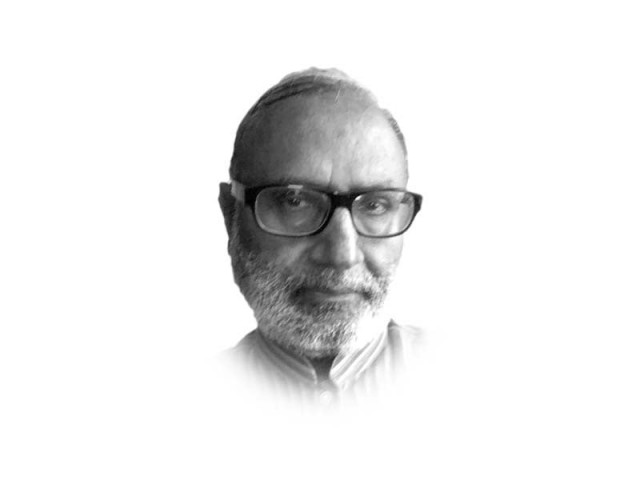Back to the economy, stupid
After bringing down the current account deficit to 0.6%, the PTI is cycling with a bang

In my quest for the micro foundations of our macro underdevelopment, I had almost forgotten that I am also a practitioner of the dismal science called economics. There was nothing to write home about economy anyway. As I return to the beat, the economy is exactly where it always is in the middle year of the tenure of a political government, but with one tabdeeli. Current account surplus was great because an honest government brought it about after a very long time. Now the current account deficit is also great because the economy is picking up speed. But the economy is not a game of heads I win, tails you lose. What we are witnessing is our familiar political business cycle. In the third year of the PML-N rule, the current account deficit increased from 1% of GDP to 1.8 % and jumped to 4% and 6.1% in subsequent years. The PPP government went into the red zone from a minor surplus in its third year.
The slight northwards move of the policy rate, after being flat for several months, formally recognises the beginning of the political business cycle under the PTI. After bringing down the current account deficit to 0.6%, the PTI is cycling with a bang. The deficit in the first two months of the current fiscal year is larger than the deficit for the preceding fiscal year as a whole, despite the continuation of the remittance boom. As the run-up to the elections accelerates, so will the policy rate shoot up northwards. It is also considered necessary as exchange rate is failing to bear the full burden of the massive current account deficit. There has been a depreciation of as high as 4.1%. In theory, the IMF boys at the State Bank would want to be seen as controlling inflation by reigning in demand. Aggregate demand is predominantly private, but the inflationary fuel is provided by the government demand which, in economic jargon, is interest inelastic: the government will borrow if it must, whatever the interest rate. The FBR boys are happy that they have collected enough from rising imports and will continue to collect more and more from the expected surge in inflation. This is coordination of monetary and fiscal policies Pakistani style. Primary deficit has declined from 3.6% to 1.4% in the first three years, but the budget target this year to bring it down to 0.7% has to be taken with a pinch of salt.
Inflationary expectations are increasing but expectations about growth are not. Textile tycoons are happy because they got all the incentives they desired by dangling their standard promise of reaching the $25 billion mark in exports. Tractor industry is threatening to close down due to the liquidity crunch resulting from non-payment of rebates. Area under cotton has reduced and the fertiliser and other agricultural inputs have become costlier. The promised construction and housing boom is not yet visible. In July this year, credit to construction declined by 8 billion rupees. Consumer finance, largely for the automobiles, continues to show strong appetite. Foreign direct investment has persistently declined under the PTI regime. A silver lining is the increase in credit to domestic fixed investment. It is also corroborated by the rising machinery imports. Whether these modest magnitudes will persist and expand in the face of expected interest rate hikes remains to be seen.
The just published Labour Force Survey 2018-19 gives the PTI innings a starting unemployment rate of 6.9%. It will be interesting to watch where the innings ends.
Published in The Express Tribune, September 24th, 2021.
Like Opinion & Editorial on Facebook, follow @ETOpEd on Twitter to receive all updates on all our daily pieces.















COMMENTS
Comments are moderated and generally will be posted if they are on-topic and not abusive.
For more information, please see our Comments FAQ